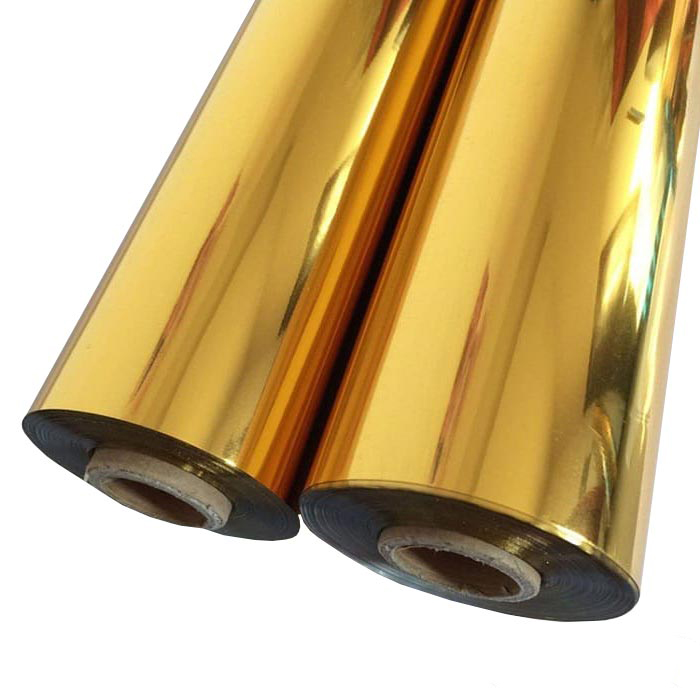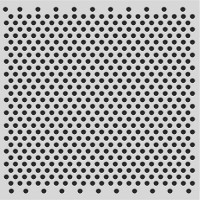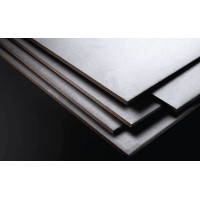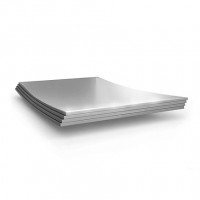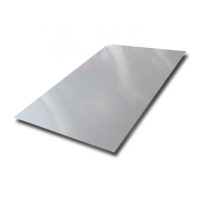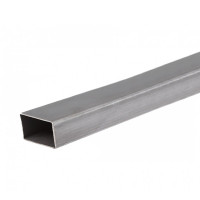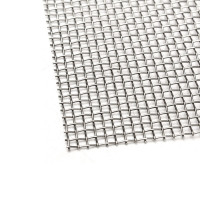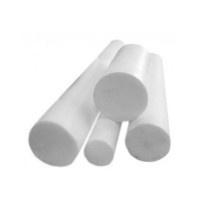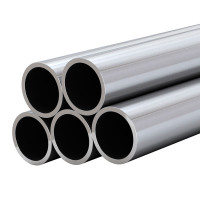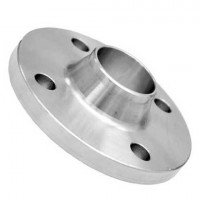Bronze ribbon (foil) BrOFT 2х60 mm (beryllium content up to 2%)
One of the most popular types of blanks made from bronze alloys is a bronze tape.
Bronze strips are produced cold-rolled.
BrB2 alloy tape has special strength, which is enhanced by heat treatment, elasticity, as well as high corrosion resistance and good weldability. Easily machinable (milling, cutting, stamping, forging). It has high electrical and thermal conductivity, is durable, due to which it is widely used in various industries.
Bronze foil is a paper base on which a layer of wax, a layer of binder, bronze powder and varnish are successively applied.
Brass and bronze foil, characterized by increased elasticity, find limited use in the manufacture of air-mica trimmer capacitors.
Usually masks are made of bronze foil 100 microns thick. One side of it is covered with a chemically resistant varnish, and a nickel layer about 10 microns thick is deposited on the other. Using photochemistry methods, holes of specified sizes are formed in the nickel layer through an appropriate photomask. The windows in the bronze foil are etched somewhat wider, so that under the influence of the foil itself, when the particles of the deposited material fall obliquely, shadowed areas of the pattern are not created on the substrate. After these operations, the chemically resistant varnish is removed.
For welding silicon with copper, bronze foil with a thickness of 0.05 mm is used. The silicon surface is then polished.
Craftsmen and senior craftsmen employed in the production of bronze foil.
When measuring low pressures, the membrane can be made of thin brass or bronze foil, pre-hardened for greater elasticity.
For soldering, the ends of dangling band saws are sharpened on an emery stone with a mustache, bronze foil is placed between them, and all this is clamped with clamps and sprinkled with borax. Soldering is performed by turning on button 7; in this case, contacts 8 and 9 are closed and current flows through the junction. After the solder is melted, contacts 8 and 9 are turned off and the press is activated, which compresses the place of soldering, and the excess molten solder is squeezed out.
In case of deviations from horizontal, the bolts securing the pump to the frame are loosened, and by means of gaskets made of iron or bronze foil, the casing is placed in the correct position.
As shown in fig. 55, a non-magnetic, so-called working, gap is left between the front thinned ends of both half-rings of the head core, formed by a diamagnetic gasket made of thin (5 - 10 microns) bronze foil or mica. The rear ends of the half-rings of the core are ground and tightly adjusted to each other without a gap.
The soldering process is as follows. Between the beveled edges of the broken ends, a bronze foil 0.05 mm thick or silver solder or copper foil is laid. The ends of the saws pressed along the bevel are covered with borax, after which a current is passed through them to heat up to a temperature of 800 - 850 C. Before the end of heating, the solder joint is crimped with a special press; in this case, excess solder is squeezed out and the ends of the saw are hardened. After soldering, the connection is subjected to tempering on the same apparatus, cooling in air, straightening and sharpening.
The design of the air cushions is shown in Fig. In the body of the liner, there are six through channels 3 around the circumference of the large piston and four along the circumference of the small piston through channels 3, into which bushings are inserted from bronze foil 0.05 mm thick, with a hole diameter 0.12 mm.
Usually masks are made of bronze foil 100 microns thick. One side of it is covered with a chemically resistant varnish, and a nickel layer about 10 microns thick is deposited on the other. Using photochemistry methods, holes of specified sizes are formed in the nickel layer through an appropriate photomask. The windows in the bronze foil are etched somewhat wider, so that under the influence of the foil itself, when the particles of the deposited material fall obliquely, shadowed areas of the pattern are not created on the substrate. After these operations, the chemically resistant varnish is removed.
The product is a flat metallurgical rolled copper alloy, may contain aluminum, beryllium, cadmium, lead, chromium, zirconium and other elements, depending on the purpose of the bronze foil material.
According to the chemical composition, bronze foil can be tin and tin-free. Bronze tin foil contains more than 4% Sn, low shrinkage. Aluminum bronze can include up to 8% Al, is flexible, easy to stamp. Beryllium bronze contains up to 2% Be, is characterized by increased elasticity, but is somewhat higher in cost. Silicon bronze is less expensive.
The differences are characterized by the way of rolling. Foil is produced in two types:
▪ hot-rolled, soft is marked with the letter M in the brand;
▪ cold-rolled, hard, marked with the letter T in the grade.
Brands of bronze alloys must comply with GOST 613, 5017 - for tin bronze and 493, 18175 - for bronze bezol.
Usually offered assortment is thickness from 0.01 to 0.5 mm.
Produced on the basis of various alloys, bronze foil has anti-friction properties, wear resistance, elasticity, thermal conductivity, excellent resistance to corrosion, has good processability and biological inertness, and is aesthetic.
Due to its properties, it is widely used in mechanical engineering, printing, and electrical engineering. Bronze foil is used in electronics in the manufacture of parts, components and assemblies requiring good thermal conductivity in printed circuit boards. Bronze foil is popular with designers and artists for making jewelry and art.
Bronze foil is a very thin flexible sheet of bronze (bronze paper), with a thickness of 0.001 to 0.2 mm (in some countries up to 0.5 mm).
There are different standards for bronze foil. Most often this product is produced according to the following standards:
GOST 1761-92: Strips and ribbons made of tin-phosphorus and tin-zinc bronze,
GOST 1789-70: Strips and ribbons made of beryllium bronze,
GOST 4748-92: Strips and strips of silicon-manganese bronze,
GOST 1048-79: Aluminum bronze strips for springs, etc.
There is no mention of foil in the name of these GOSTs, however, the thickness of the tapes to which these standards apply correspond specifically to foil.
According to the manufacturing method, bronze foil is a cold-rolled product (D) with a rectangular section (PR).
Foil bronze differs in:
1) in terms of manufacturing accuracy (only for tapes, and therefore for foil):
normal in thickness and width - H,
increased in thickness and width - P,
high in thickness - B,
2) as of:
soft - M,
semi-solid - P,
hard - T,
especially hard - Oh,
3) by length:
measured - MD,
multiple dimensional - KD,
random - ND
4) under special conditions:
soft tape made of bronze grade BrOF6.5-0.15 with improved mechanical properties - P,
tape of increased length - U,
antimagnetic tape - A.
The surface of the bronze foil must be clean, free from contaminants that impede inspection, smooth, without captivity, cracks, shells, bubbles, delaminations and dents. Separate surface defects are allowed - punctures, scratches and roughness, which do not remove the foil during the control cleaning beyond the maximum deviations in thickness. Tempering colors, local darkening, redness and traces of unburned grease (local contamination spots) are allowed. Waviness is allowed, which disappears when the foil is bent.
At the ends of the foil rolls, individual nicks are allowed that do not prevent the roll from unwinding and do not lead the foil beyond the maximum deviations in width.
Bronze foil is used in the automotive industry, jewelry industry, electrical engineering, and in the production of mechanisms with increased strength characteristics. Bronze foil is widely used for embossing bindings.
You can buy Bronze ribbon (foil) BrOFT 2х60 mm from us at the best price in Ukraine. A wide range of products allows us to quickly and efficiently fulfill any order, helping to complete any construction work on time.
No questions about this product, be the first and ask your question.

